4 Things Everyone Should Know About Tui Na
Before medicine, as we know it existed, people resorted to alternative healing methods to treat their ailments, and one of these treatments was Tui Na. It has been used for over a thousand years and has strengthened people’s health and immune systems, and even relieved chronic and short-term illnesses.
Most Asian countries integrate traditional medicine into their culture and use it to treat diseases; the most famous examples are Chinese medicine and Ayurveda. Northern countries have jumped on the bandwagon and are beginning to use plants and alternative medicine to treat illness, but what do they know about this ancient tradition? Without further ado, let’s dive into this blog to learn more about Tui Na.
1. What is it?
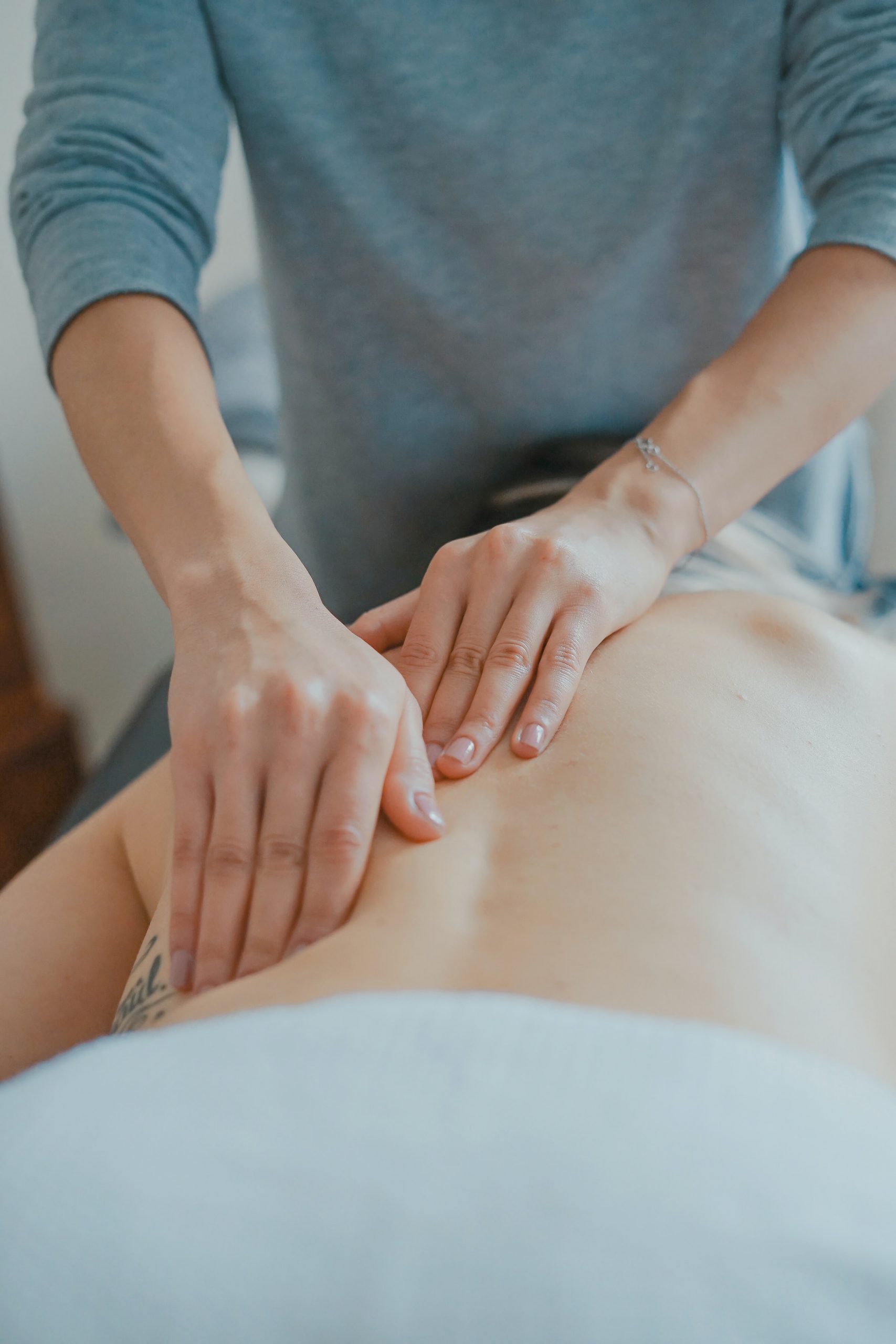
Tuina or Tui Na, it is pronounced twee-Nah, massage originated in ancient China, and most people believe that it is one of the oldest systems of bodywork in the world. It is one of the 4 main branches of Chinese medicine; the other 3 parts are Qi gong, Chinese herbal medicine, and Acupuncture.
The theory behind Tui Na is that imbalanced Qi, which in Chinese is one’s vital life force or most commonly known as energy, and can cause imbalances and blockage that can eventually lead to symptoms like pain and illness if left untreated. This massage promotes the flow of Qi and promotes harmony and balance in one’s body.
This type of massage is mostly done in symbiosis with acupuncture to get the desired goal. It is similar in a way to acupuncture as it targets specific acupoints, and healers, practitioners, and acupuncturists use their fingers instead of needles to apply pressure. The premise and goal are similar.
2. What does it treat?
Tui Na is usually used to treat certain specific areas or concerns in your body. Since it is considered an alternative treatment, it is essential for you to talk to your family doctor before using it to treat any medical concern. Just don’t go there haphazardly because it can sometimes worsen the situation.
It is used to treat illness, pain, and overall good health. This technique and massage are also effective in reducing one’s stress levels, encouraging relaxation, and deepening sleep. It is also often used for injuries and conditions related to the nervous system and musculoskeletal system. It can treat or at least help with the following:
-
- Arthritis
-
- Carpal Tunnel
-
- Digestive conditions
-
- Fatigue and insomnia
-
- Headaches
-
- Musculoskeletal disorders
-
- Neck and back pain
-
- Osteoporosis
-
- Premenstrual syndrome
-
- Respiratory condition
-
- Stress
The idea behind it, which I find interesting, is that true health is achieved when one has found balance and harmony inside the self and their surrounding environment. It is used to create harmony in the yin and yang of one’s body by getting rid of disturbances and blockages that can manifest in terms of diseases, emotional issues, and illnesses.
3. Technique
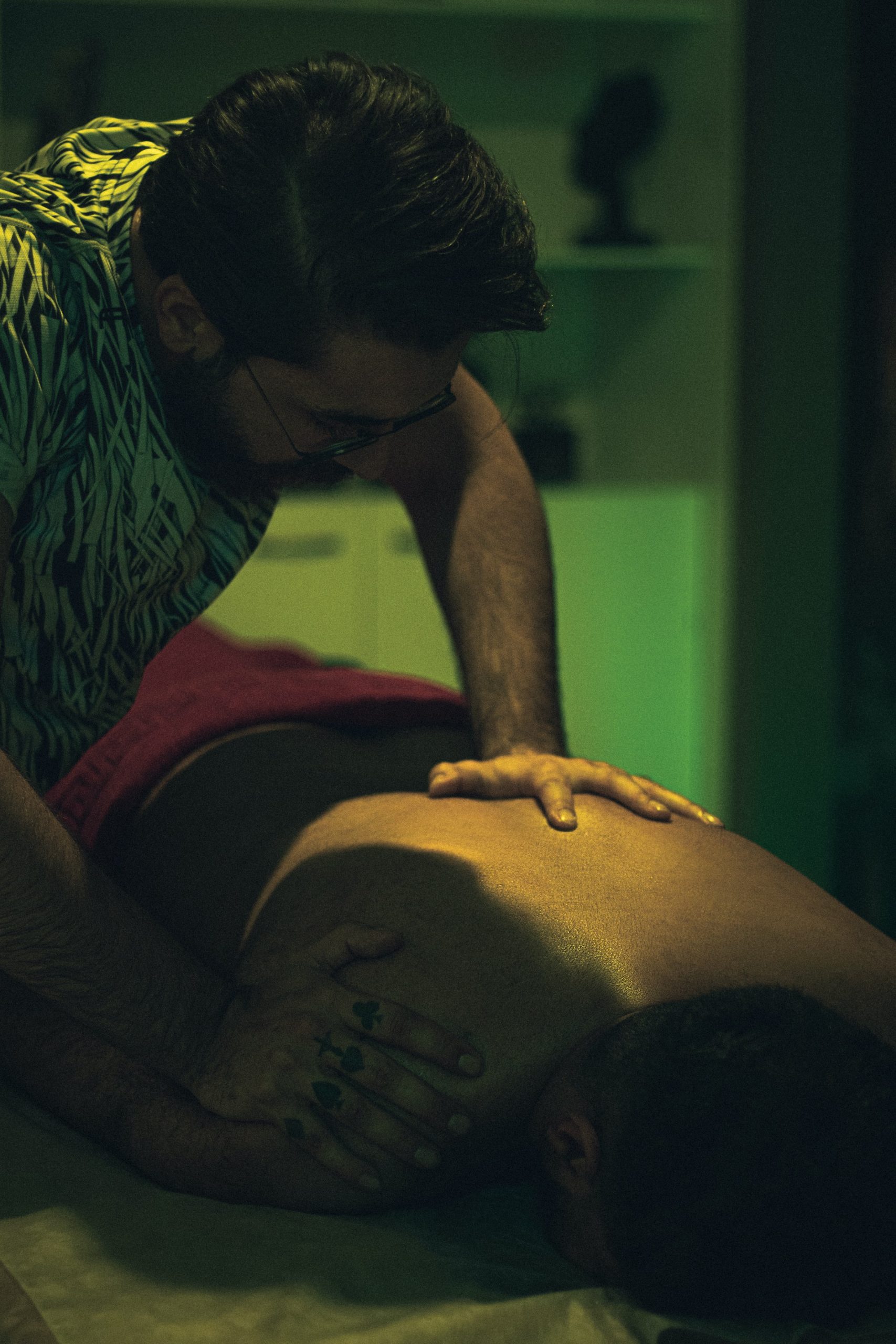
Tuina massage can be practiced as a stronger massage of deeper tissues or a gentler, energetic treatment. Practitioners apply vibration and pressure techniques that vary in strength and speed during a session. Some techniques are more yin-oriented, meaning gentler, more passive, and more meditative. The yang approach is more active, dynamic, and physical, creating more intense sensations by stimulating deep blockages and knots.
The practitioner massages muscles and tendons and uses manipulative techniques to realign the body. Passive joint movements are used to restore muscle and joint function. Depending on your practitioner and your specific needs, different techniques are used during a session. Herbal-based compresses or poultices, lotions, and ointments are used to enhance the effects of the treatment.
Tuina massage uses massage techniques such as acupressure, myofascial release, and reflexology. Sometimes techniques common to osteopathy and chiropractic are used, such as stretching and joint mobilizations. There are eight basic techniques used in Tuina massage:
-
- Holding (na)
-
- Kneading (mo)
-
- Lifting (ti)
-
- Palpating (mo)
-
- Pressing (an)
-
- Pushing (tui)
-
- Opposing (duan)
-
- Rejoining (jie)
Some other techniques also include:
-
- Nei gung: This is a full-body manipulation technique
-
- One-finger technique: This is a one-finger stimulation of one’s acupuncture points
-
- Rolling: This is usually used for injuries such as strains and sprains.
4. How is it different from Western massage?
Unlike western massage and its traditional techniques, Tui Na goes beyond the surface level. This traditional massage technique goes beyond the bones, joints, and muscles and works on your body’s deeper, spiritual, and energetic level. This is why people tend to perfect traditional Chinese massage in lieu of more traditional and western massages.
Looking for help?
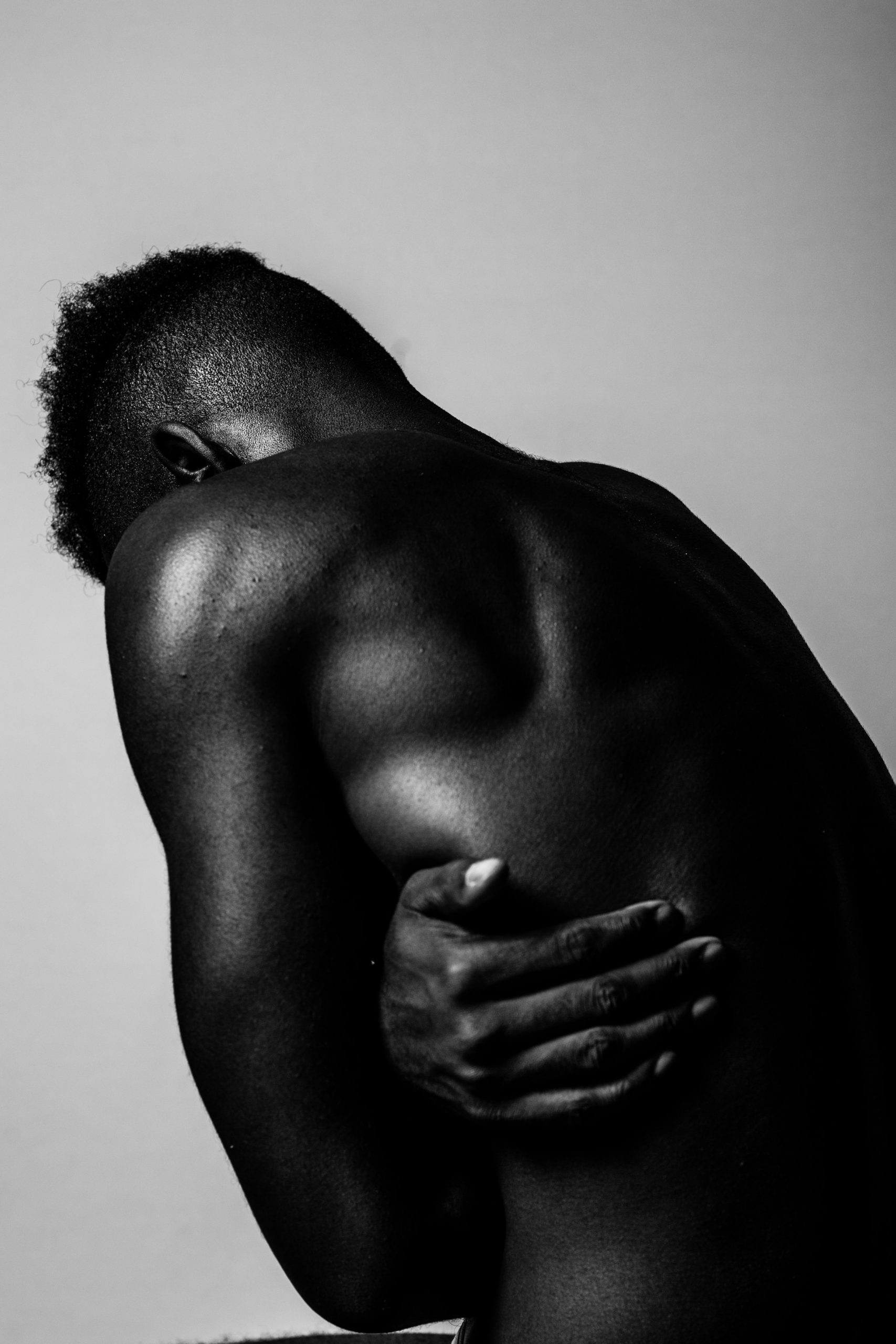
If you are considering using Chinese medicine, acupuncture, moxibustion, and even Tui Na for any type of health condition, be sure to consult your doctor before undergoing any treatment. It is especially important to talk to your doctor if you are considering using Chinese medicine during pregnancy. Leaf Integrative Acupuncture is the place to go if you want to know more about the benefits of Chinese herbs. The practice is located in Boca Raton, Florida. So, what are you waiting for? Call today to get more information about their services.

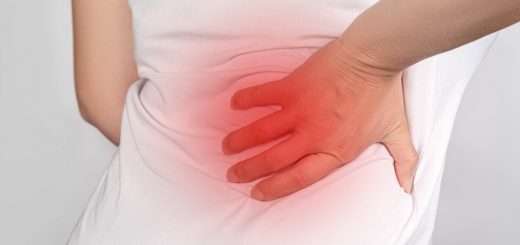
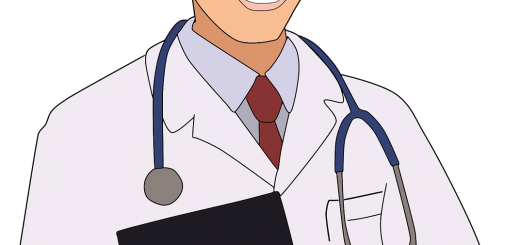
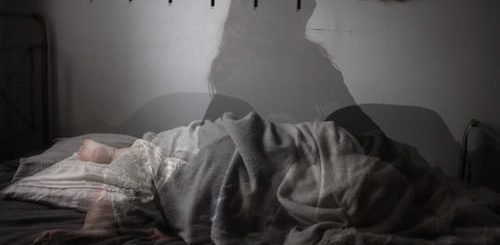
1 Response
[…] of pregnant women who did gymnastics compared to those who did not. They also demonstrated that gymnastics reduced restless sleep, chronic fatigue, and daytime sleep in pregnant women. The other group of […]